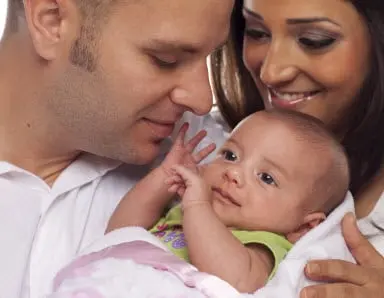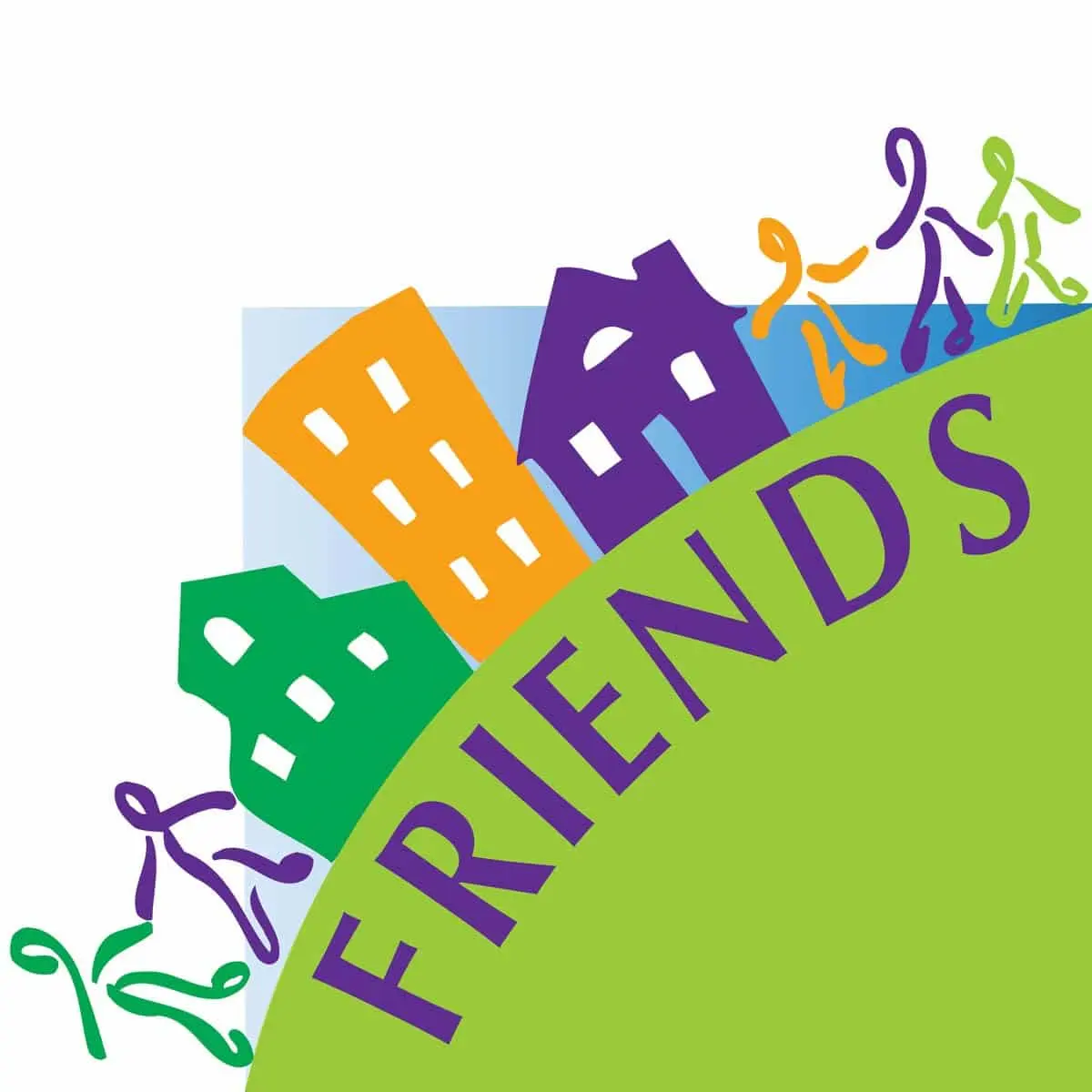What is CBCAP?
CBCAP stands for Community-Based Child Abuse Prevention. It refers to specific types of child abuse prevention programs that exist in every state in the U.S.
What legislation supports CBCAP?
The key Federal legislation addressing prevention in child abuse and neglect is the Child Abuse Prevention and Treatment Act (CAPTA) which was originally enacted in 1974. This Act has been amended several times in the last 37 years and was most recently amended and reauthorized on December 10th, 2010, by the CAPTA Reauthorization Act of 2010 (P.L. 111-320).

CBCAP
Why were CBCAP programs created?
CBCAP programs were established by Title II of Capta and most recently reauthorized in December of 2010. The purpose of the CBCAP program is:

to support community-based efforts to develop, operate, expand, enhance, and coordinate initiatives, programs, and activities to prevent child abuse and neglect and to support the coordination of resources and activities to better strengthen and support families to reduce the likelihood of child abuse and neglect; and

to foster understanding, appreciation, and knowledge of diverse populations in order to effectively prevent and treat child abuse and neglect.
More About CBCAP
CBCAP programs should have some activities available to the general population such as public awareness and education about preventing child abuse and neglect. In addition, programs should also target services to vulnerable families that are at risk of abuse or neglect. These families include:
- Parents (all, new, teens, etc.)
- Parents and/or children with disabilities
- Racial and ethnic minorities
- Members of underserved or underrepresented groups
- Fathers
- Homeless families and those at risk of homelessness
- Unaccompanied homeless youth
- Adult former victims of child abuse and neglect or domestic violence
The definition of child with a disability in CAPTA refers to IDEA Sec. 602(3) which is Part B:
(3) Child with a disability.–
- (A) In general.–The term `child with a disability’ means a child–
- (i) with mental retardation, hearing impairments (including deafness), speech or language impairments, visual impairments (including blindness), serious emotional disturbance (referred to in this title as `emotional disturbance’), orthopedic impairments, autism, traumatic brain injury, other health impairments, or specific learning disabilities; and
- (ii) who, by reason thereof, needs special education and related services.
- (B) Child aged 3 through 9.–The term `child with a disability’ for a child aged 3 through 9 (or any subset of that age range, including ages 3 through 5), may, at the discretion of the State and the local educational agency, include a child-
- (i) experiencing developmental delays, as defined by the State and as measured by appropriate diagnostic instruments and procedures, in 1 or more of the following areas: physical development; cognitive development; communication development; social or emotional development; or adaptive development; and
- (ii) who, by reason thereof, needs special education and related services.
And from Part C, Section 632(5) which is:
(5) Infant or toddler with a disability.–The term `infant or toddler with a disability’–
- (A) means an individual under 3 years of age who needs early intervention services because the individual-
- (i) is experiencing developmental delays, as measured by appropriate diagnostic instruments and procedures in 1 or more of the areas of cognitive development, physical development, communication development, social or emotional development, and adaptive development; or
- (ii) has a diagnosed physical or mental condition that has a high probability of resulting in developmental delay; and
- (B) may also include, at a State’s discretion–
- (i) at-risk infants and toddlers; and
- (ii) children with disabilities who are eligible for services under section 619 and who previously received services under this part until such children enter, or are eligible under State law to enter, kindergarten or elementary school, as appropriate, provided that any programs under this part serving such children shall include–
- (I) an educational component that promotes school readiness and incorporates pre-literacy, language, and numeracy skills; and
- (II) a written notification to parents of their rights and responsibilities in determining whether their child will continue to receive services under this part or participate in preschool programs under section 619.
CBCAP programs are authorized to fund child abuse prevention programs in their service area that provide a multitude of services and supports. These services and programs can include:
- Comprehensive support for parents
- Promote the development of parenting skills
- Improve family access to formal and informal resources
- Support needs of parents with disabilities through respite or other activities
- Provide referrals for early health and development services
- Promote meaningful parent leadership
Programs can also finance the development of a continuum of preventive services through public-private partnerships, financing the start-up, maintenance, expansion, or redesign or child abuse prevention programs, maximizing funding through leveraging funds and financing public education activities that focus on the promotion of child abuse prevention.
The Office on Child Abuse and Neglect (OCAN) at the Children’s Bureau, Administration for Children and Families, Health and Human Services is responsible for overseeing and managing the CBCAP program. OCAN provides support to the state lead agencies through many avenues which include the provision of funds to the National Center on CBCAP or FRIENDS which is available to provide training and technical assistance to lead agencies on the requirements of the program. In addition, OCAN staff work closely with the ACF Regional Office staff who also provide a secondary review of the State applications and reports.
The CBCAP Program is managed by a state lead agency in all 50 States, Washington, D.C. and Puerto Rico. Each year, the Governor designates a lead entity to administer the funds for the implementation of community-based and prevention-focused programs and activities designed to strengthen and support families to prevent child abuse and neglect.
To learn more, download the New State Lead Manual.
April is Child Abuse Prevention Month each year. There are downloadable resources on Child Abuse Prevention available in English and Spanish. You can read more about Child Abuse Prevention Month and download the free resources in English and Spanish by visiting the Child Welfare Information Gateway.
The Children’s Bureau also sponsors biennial conferences at which professionals and volunteers discuss a broad range of policy, research, program, and practice issues concerning the prevention, intervention, and treatment of child abuse and neglect. Roundtable discussions, poster, and plenary sessions, and workshops bring together many disciplines and perspectives to foster new working relationships, exchange information on research, and review practice issues and model programs.
CBCAP grantees are also required to attend an annual meeting each spring which provides grantees with valuable information and opportunities to network with other programs. This meeting is held as a pre-conference event at the National Conference on Child Abuse and Neglect on those years and as a stand-alone event in the alternate years. For more information on the event contact your TA Coordinator.
